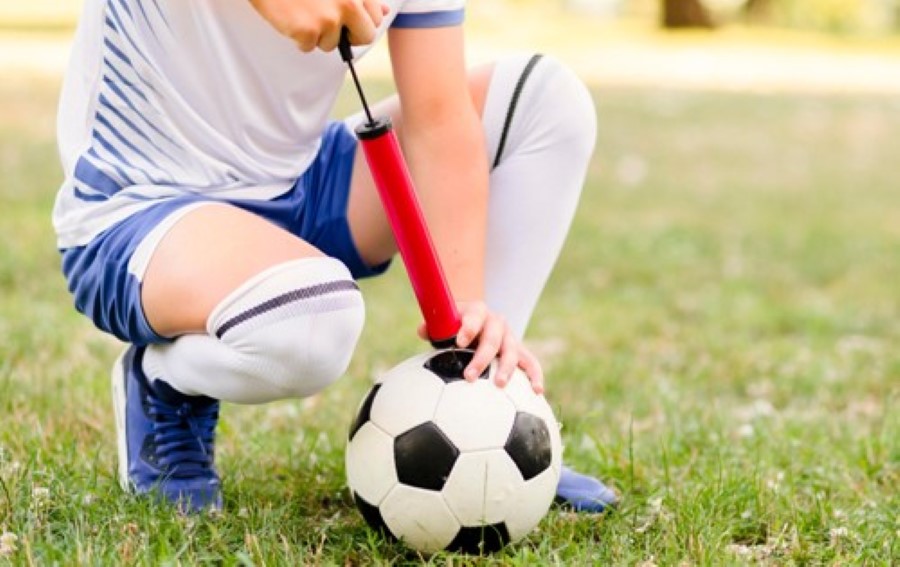The Art and Science of Ball Pumping: Mastering Pressure, Bounce, and Performance

Table of Contents
ToggleFor millions around the world, a perfectly inflated ball is the gateway to athletic joy. But beneath the seemingly simple act of “ball pumping” lies a fascinating blend of science and artistry, where mastering pressure and bounce can unlock peak performance. Join us on a journey into the world of inflated spheres, as we explore the optimal air pressure for various sports balls, unravel the science behind the perfect bounce, and equip you with the knowledge to optimize your game, one pump at a time.
Pressure Play: Finding the Sweet Spot
Ever wondered why a basketball feels sluggish after sitting in the garage all winter? Or why a soccer ball veers off target with a high-powered kick? The culprit is air pressure. Each sport has its own ideal PSI (pounds per square inch) range, impacting everything from grip and bounce to responsiveness and shot accuracy.
Football: A slightly underinflated football creates a softer “sweet spot” for better foot control and passing, while a slightly overinflated one promotes powerful punts and long throws. Aim for 7-9 PSI.
Basketball: Optimal pressure maximizes basketball dribble control, shot power, and rim impact. Overinflate for increased rebound height, but beware of unpredictable bounces. Ideal range: 7-9 PSI.
Volleyball: A perfectly inflated volleyball delivers a crisp, predictable bounce for precise setting and spiking. Over inflation leads to harder hits but less control. Optimal pressure: 4.3-4.6 PSI.
Tennis: Tennis ball pressure affects bounce height and speed, influencing both serve power and groundstroke depth. Higher pressure leads to faster bounces, while lower pressure creates longer rallies. Aim for 55-65 PSI.
The Science of the Bounce: Unveiling the Magic
Think a perfect bounce is just luck? Think again! The science behind it is all about pressure, materials, and surface interaction. Pressure dictates the ball’s elasticity, impacting how much energy it absorbs and releases upon impact. Material composition, from leather to rubber to high-tech synthetics, influences bounce uniformity and grip. Even the surface you play on – grass, hardwood, clay – adds its own variable to the bounce equation.
Mastering the Art: Tips for the Perfect Pump
Now that you’re armed with the science, let’s translate it into practice. Here are some tips to achieve the perfect pump:
Invest in a good pressure gauge: Accurate measurement is key.
Consider the temperature: Warmer temperatures increase air pressure, so adjust accordingly.
Pump gradually: A slow, controlled pump allows you to fine-tune the pressure.
Test the bounce: Give the ball a few test bounces on your playing surface to assess the feel and adjust the pressure if needed.
Experiment and personalize: Find the pressure that works best for your playing style and preferences.
Beyond the Basics: Advanced Ball Pumping Techniques:
For the truly dedicated, delve into advanced techniques like “spot pumping” to create different pressure zones on a football or volleyball for strategic advantage. Explore the use of specialized pumps with pressure release valves for fine-tuning adjustments on the fly.
Remember, mastering the art and science of ball pumping is a continuous journey of learning and experimentation. By understanding the underlying principles and honing your pumping skills, you’ll unlock a new level of control and performance, transforming your relationship with the beautiful world of inflated spheres. So, grab your pump, embrace the science, and let the games begin!
-
Facebook
-
Twitter
-
Linkedin
-
Whatsapp






